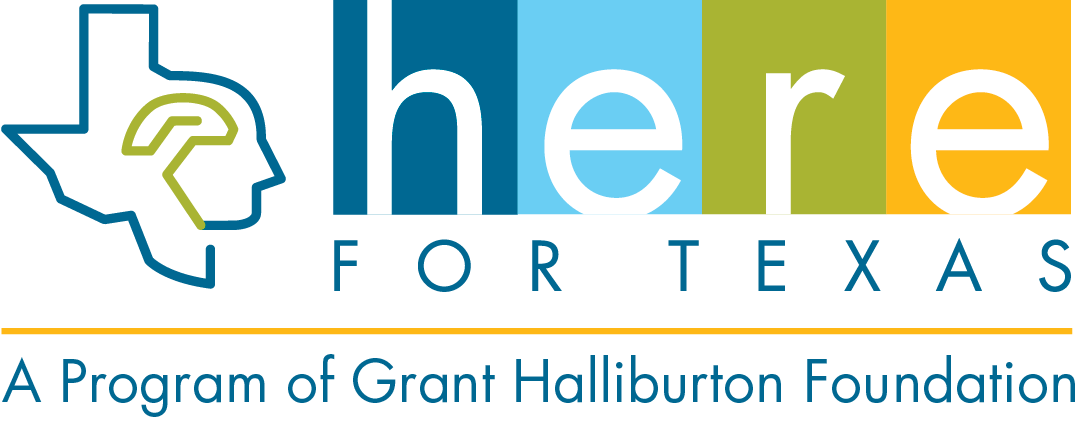Substance Use Disorders/Addictions
What are Addictions and Substance Use Disorders?
A substance use disorder describes a problematic pattern of using alcohol or another substance that results in evident distress or impairment in daily life. An individual with this disorder will often continue to use the substance despite consequences.
There are 10 classes of drugs that can lead to a substance use disorder:
Alcohol
Caffeine
Cannabis (marijuana)
Hallucinogens (LSD, ecstasy)
Inhalants
Opioids (heroin)
Sedatives/hypnotics/anxiolytics (anti-anxiety drugs, barbiturates, sleeping medications)
Stimulants (amphetamines, cocaine)
Tobacco / Nicotine
“Other”
+ How Common are Substance Use Disorders?
Substance abuse affects an estimated 25 million Americans. Approximately 14 percent of Americans will develop an alcohol use disorder and 7.5 percent will develop another drug use disorder over the course of their lifetimes.
+ Signs and Symptoms
An addiction (or substance use disorder) is characterized by the following:
- Compulsive use of the drug, involving a preoccupation with obtaining and using the drug
- Continued use in spite of harmful consequences
- A desire or craving for the drug
- Difficulty stopping use of the drug or staying abstinent
Individuals with a substance abuse disorder may use a drug or drink more than originally intended, or spend more time drinking or using on a given occasion. Their continued drinking or substance abuse may cause them to neglect obligations at home, work or school, or to others – and/or to abandon recreational activities they previously enjoyed. They may persist in using even when it negatively affects their mental or physical health, or becomes a source of conflict in relationships. They may continue to use alcohol or substances when driving or in dangerous situations. They may need to increase the amount of alcohol or drugs they consume to obtain the desired effect. And, they may experience painful withdrawal symptoms, such as nausea, anxiety, hand tremors, irritability, fatigue or seizures (alcohol-induced) when they stop use.
In addiction, the person’s brain becomes sensitized to cues in the environment and to emotional states, such as stress, that have been associated with use. As a result, the urge or desire to return to using the drug becomes compelling.
Relapse (i.e., a return to drug or alcohol use) is common in addiction. If that occurs, the patient will need to be assessed to determine the most appropriate level of care. With continuous effort, most people can expect recovery from an addiction.
+ Diagnosis
If a substance use disorder is diagnosed, it is classified as “mild,” “moderate” or “severe.” The term “addiction” is not considered a diagnostic term in favor of the more neutral term “substance use disorder.” However, clinicians will commonly use the term “addiction,” particularly when a substance use disorder is considered “severe.” The word “dependence” has also been used to mean the same thing as addiction. “Abuse” has been used to refer to a pattern of drug use considered less severe than dependence or addiction.
At this time, gambling is recognized as the only non-substance-related disorder that, when severe, may be considered an addiction. Sexual behavior (including pornography), Internet use and potential other behaviors that seem “addictive” eventually may be classified as an addiction (or, technically, as a non-substance-use-related disorder) in the Diagnostic and Statistical Manual of Mental Disorders (DSM) used by mental health professionals in the United States.
+ Treatment
Detoxification is often the first step in treatment. Detoxification means ridding the body safely from the drug(s) that were being used. This is a medical procedure that may require hospitalization or may be accomplished on an outpatient basis, depending on the severity of the symptoms.
Following detoxification, many individuals will benefit from inpatient rehabilitation, which may last for 4 weeks or longer. Alternatives to inpatient rehabilitation are partial hospitalization or intensive outpatient programs, in which the patient participates for 4 to 6 weeks or longer.
There are several medications that have been approved for the treatment of addiction. A consultation with an addiction psychiatrist or other physician who is knowledgeable about addiction treatment is recommended.
Most clinicians and treatment programs also encourage the patient to participate in an appropriate 12-step program, such as Alcoholics Anonymous, Narcotics Anonymous, Cocaine Anonymous, etc.
+ Co-occurring Conditions
A person who has an alcohol or drug addiction and a psychiatric illness is said to have a dual diagnosis or co-occurring disorder. To recover fully, the person needs treatment for both the substance abuse and mental disorders.
